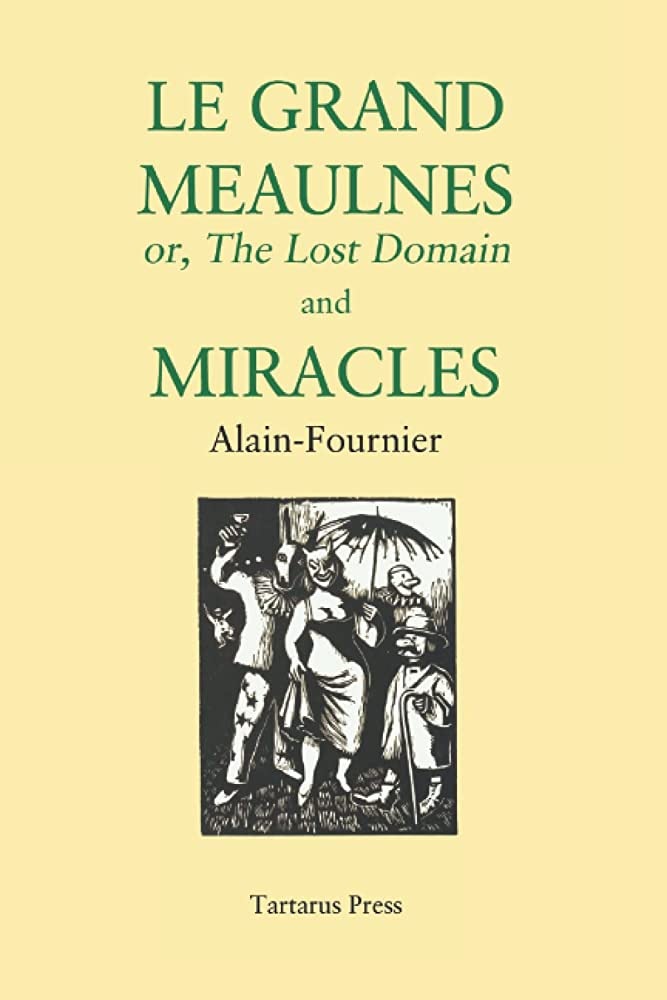Eroticism in Pompeii and Herculaneum
Compartir este artículo Tweet
It jumps out at the sight of those who visited Pompeii and the Archaeological Museum of Naples, the instructive erotic collection. Details of frescoes, figurines, sculptures and curious visitors crowd into a few rooms. It gives us the measure of a society prior to current prejudices in relation to sex and eroticism. The meat trade. There is emphasis on the irreverent, on sex as a cure to the debauchery that seems and seemed natural in the species. There is also a measure of the exploitation of those who offered these services.
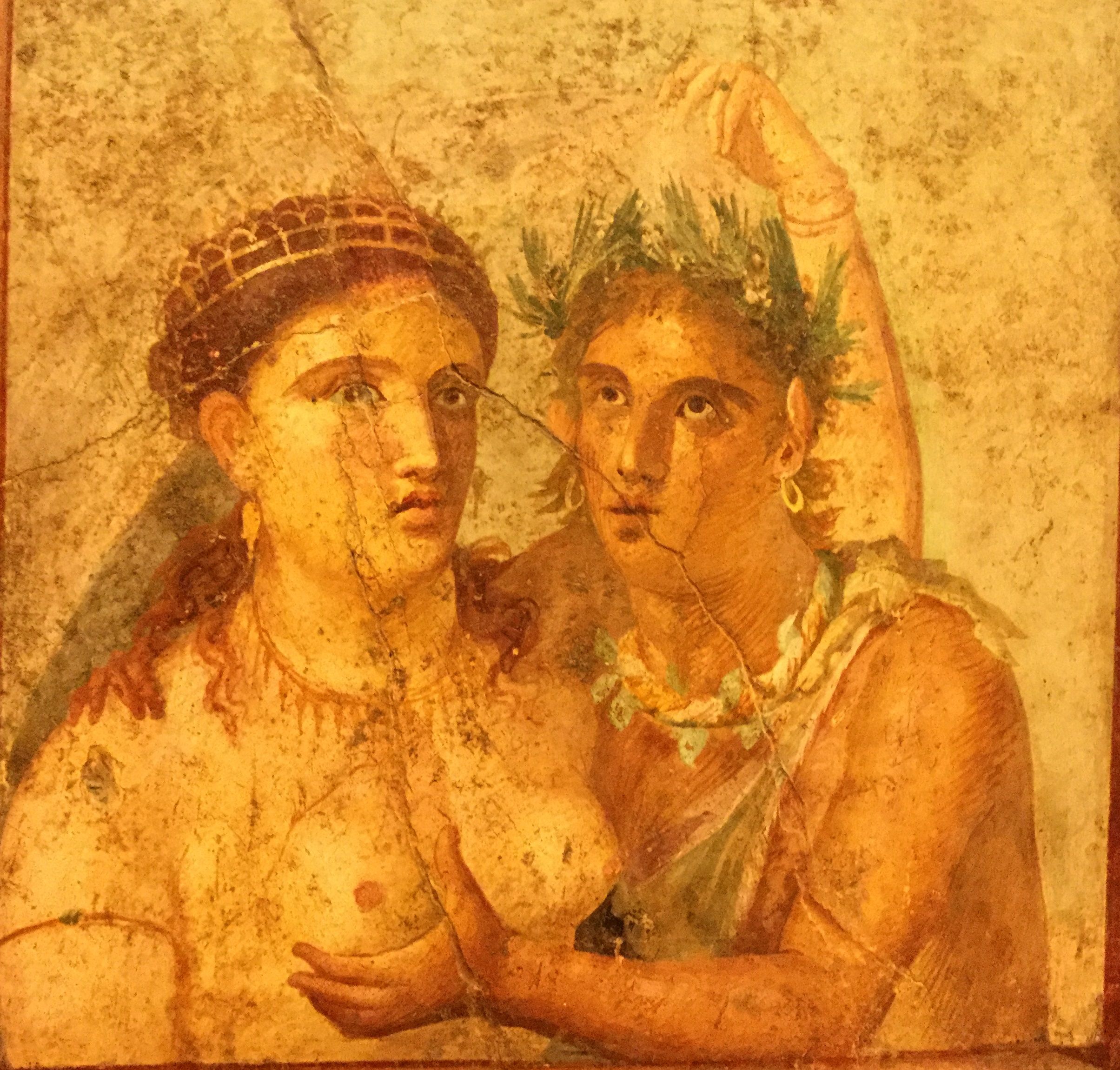
Fresco detail in Pompeii. Satyr and Nymph.
The cities that vanished in 79 AD because of the eruption of Vesuvius and had died before, ceasing to be associates of Rome to become subjects, had some differences from the metropolis, where everything seemed to be more stretched, bureaucratic and expensive. It just so happened that the ash and the mud encapsulated a photograph of life, art and its way of thinking so that it reached us.
Erotic painting in Pompeii and Herculaneum
Painting is the artistic manifestation most related to eroticism. So it has been since the beginning of time and it was when Vesuvius burst over Pompeii, Herculaneum and a number of small towns near Naples. Painting, above sculpture, is cheap and represents more broadly the propitiatory environments. A group of these works survived the fury of lava, ashes and mud. Today they can be seen in the Museum of Archaeology of Naples.
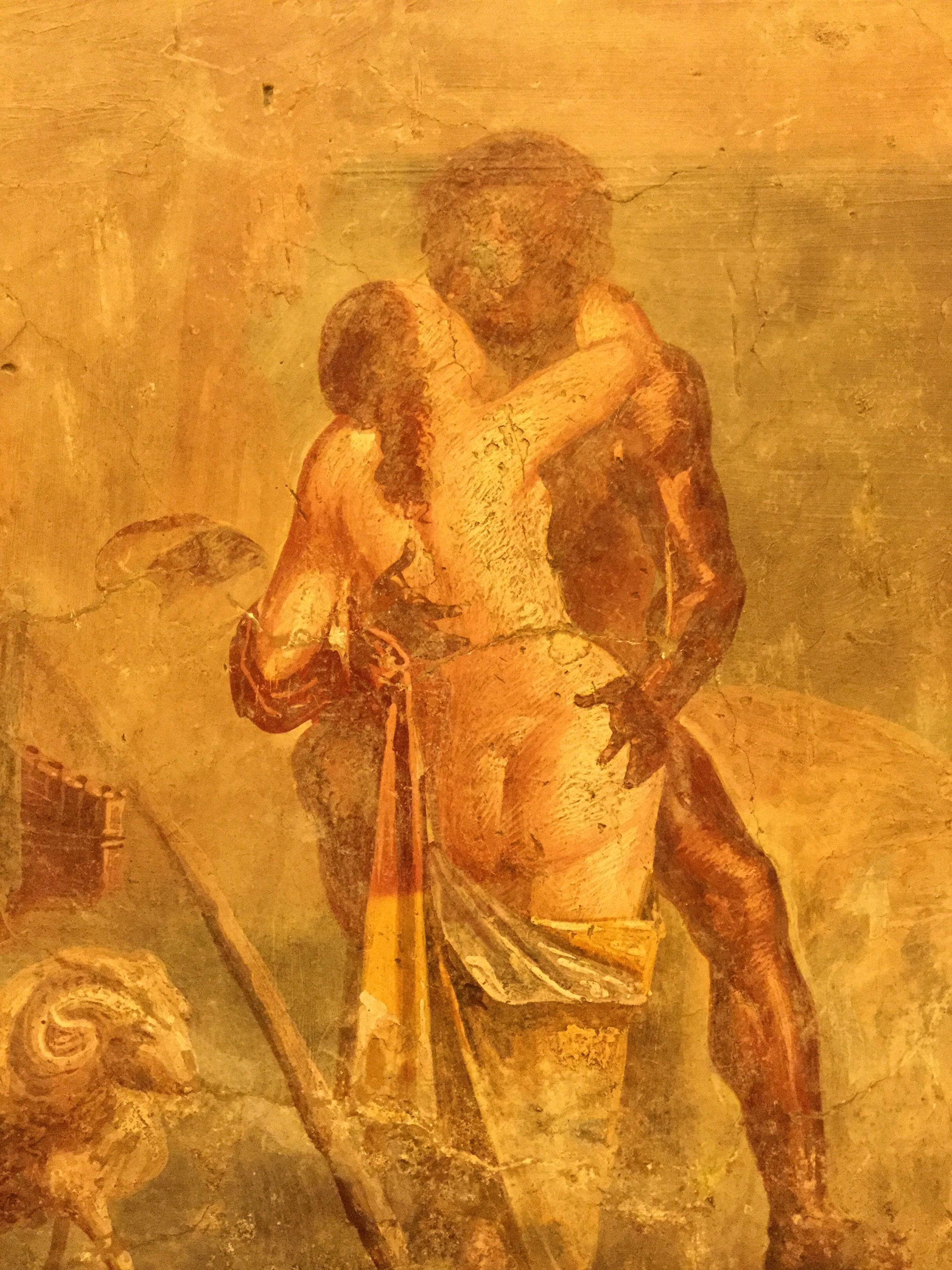
The collection, fond of confinement, has been part of the scandal of its visitors and has been opened and closed in accordance with the prevailing morality. Thus, her erotic figurines were hidden from view for more than a hundred years until the sexual revolution of the sixties put her back in plain sight. Then his visit was again prevented, until in 2000, under strong warning of limited liability to children, it was definitively opened to the public.
The mythological inspiration of the erotic scenes is in tune with the time. A great Greek influence had reached the shores of Italy and fauns, gods and maidens crowd in the foreground of frescoes and mosaics found in inner courtyards and brothels of the cursed cities.
Sometimes paintings and sculptures went hand in hand with erotic literature, abundant in the Roman Empire, uninhibited and carnivalesque. Works such as Carmina Priapea, apparently by a young man still Virgil; Ovid's Metamorphosis or Petronius' Satyricon – one of the best works of that time – delighted the rich inhabitants of the slopes of the volcano.
Recognizable characters are represented today: Mars and Venus, The Three Graces, Apollo and Daphne, Polyphemus and Galatea, Satyr and Nymph and of course , Zeus with his long list of love affairs and zoophilias. In other cases, especially in the painting dedicated to brothels, taverns, public baths and other conducive spaces, ordinary people, anonymous, gain space.
Outdoor eroticism
Nothing is more important within a Roman villa than its inner garden or courtyard. The house was organized according to this and the most opulent had several well-defined enclosures. The painters and sculptors who worked in them, despite the difference in prestige with what they had been in Greece, were well-paid craftsmen.
It is the place, too, where eroticism gained an almost poetic freedom and Priapo championed for his respect turned into sculptures, frescoes and mosaics. In their function of creating an artificial nature, the gardens were filled with beings that inhabited the imagination, those beings related to the mysteries of Dionysus: satyrs, maenads, nymphs, goats, pygmies, etc.
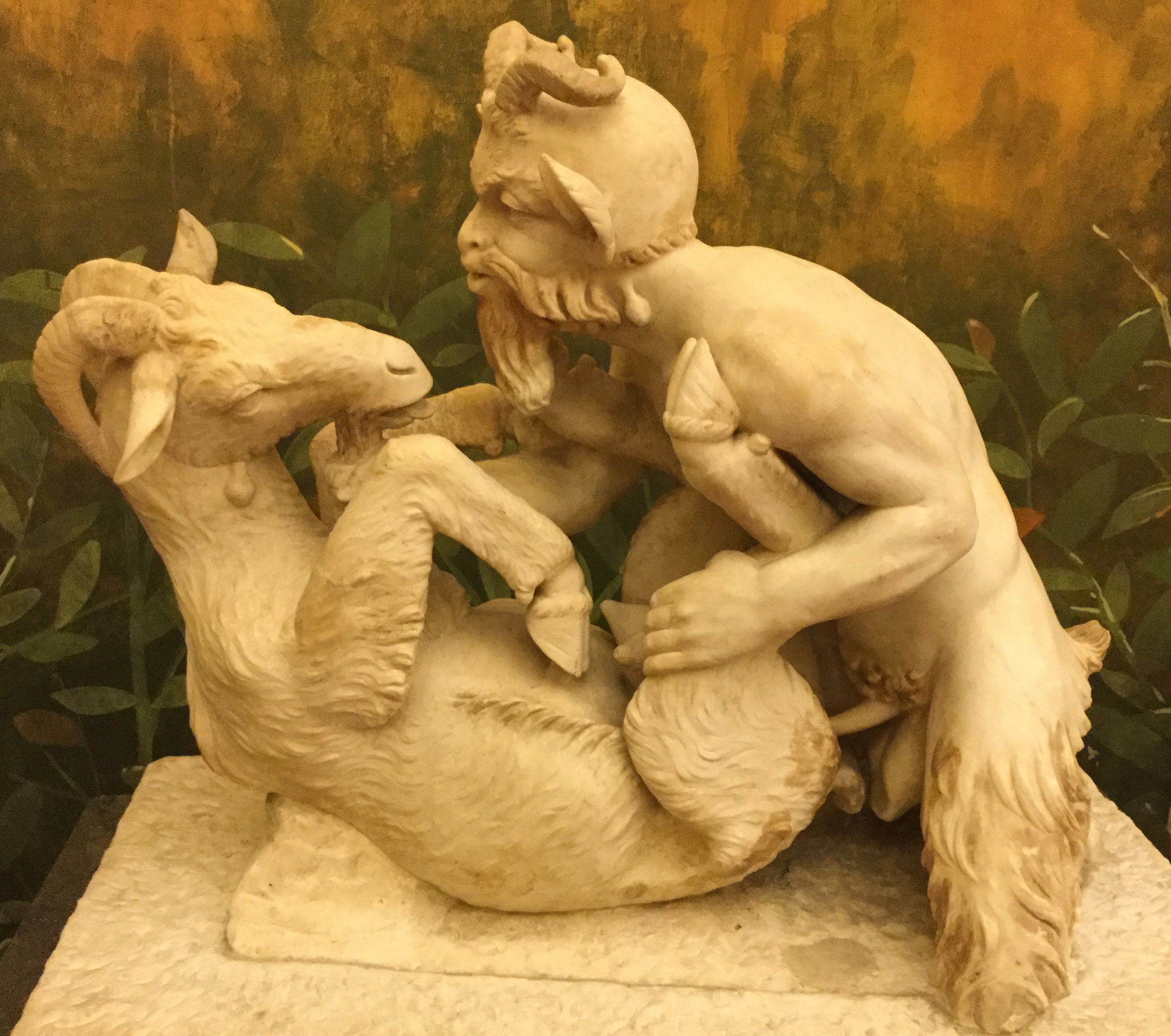
Sculpture highlighting an explicit sex scene between the god Pan and a goat
Perhaps the most striking example is the sculpture of the goat and the god Pan, found in a villa in Herculaneum. It will be necessary to note the exchange of glances and facial expressions between both contenders. Of course, it is not the look that has made this small sculpture the most famous object of the Museum of Naples. The painter and engineer Luigi Vanvitelli said of her: she is extremely lascivious but beautiful.
Pompeii brothels
There is a famous brothel, marked on the plans as lupanar, which was the Latin name for these clubs. The building, with two floors, has ten rooms, five for each floor; a balcony and a latrine. There are others, although recognized, are not marked. There were also girls and boys who worked on the street, looking for customers near public toilets and taverns.
In ethical and legal aspects, a Roman citizen, male, could penetrate almost anything that moved and had a hole, but could not legally afford to be penetrated. Prostitution was completely legal and not considered adultery.
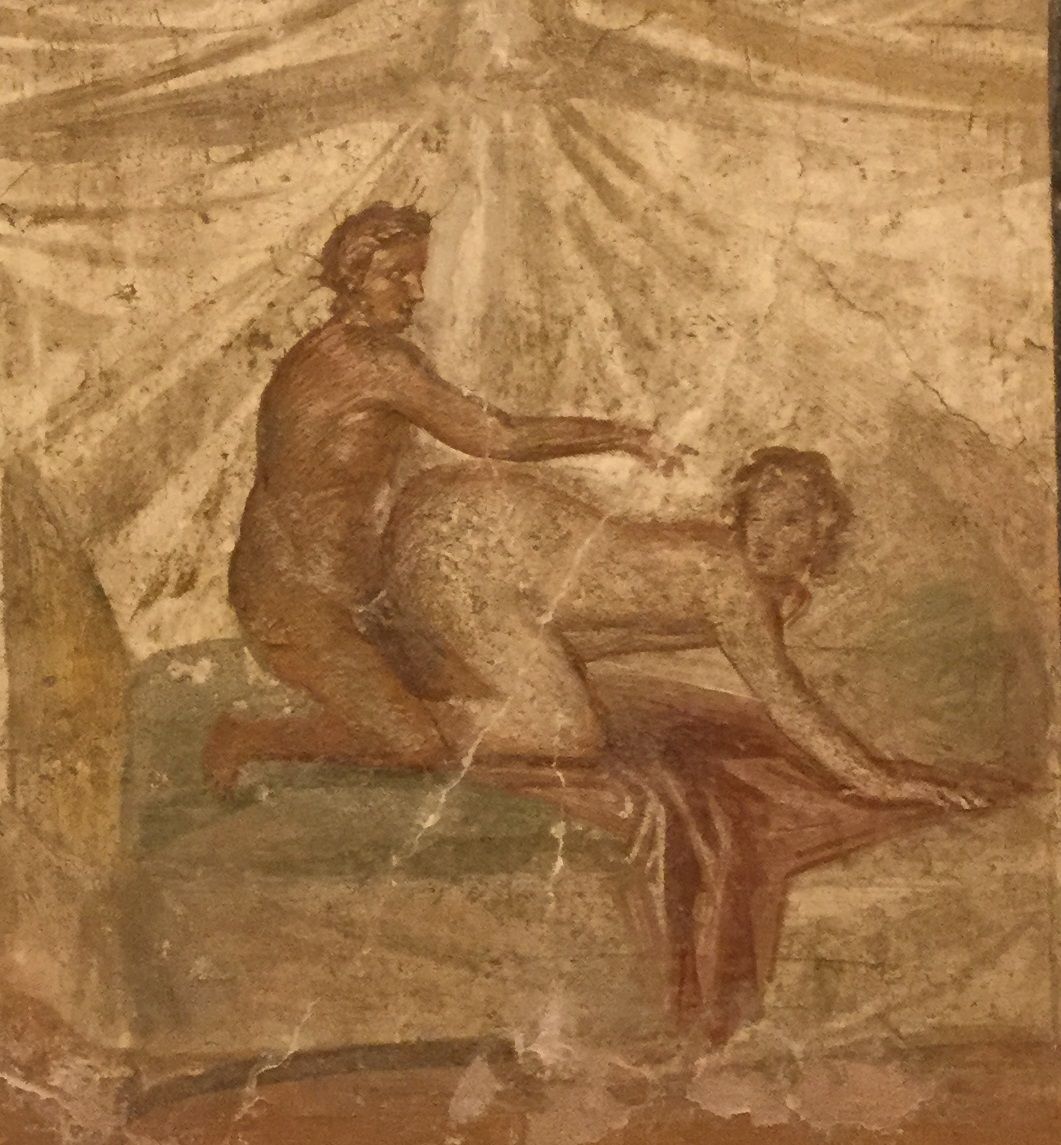
Fresco with a brothel scene. Pompeii.
It is here that the most explicit erotic and pornographic paintings were found, although it is not clear whether their function was advertising, initiative or incitement, or perhaps all at once.
Life in Pompeii seems to have been quite cheap and dissolute, and somewhere visitors to the empire are noted the virtues of young Pompeian women. It should be noted, however, that the lupanares were not normally visited by the upper class or the rich, it did not seem very pleasant to squeeze with a slave in a small cubicle without ventilation. They had their own service or received the prostitutes in private apartments. The lupanar was a place for poor and people passing through. It is easily demonstrated in the prices that can still be read.
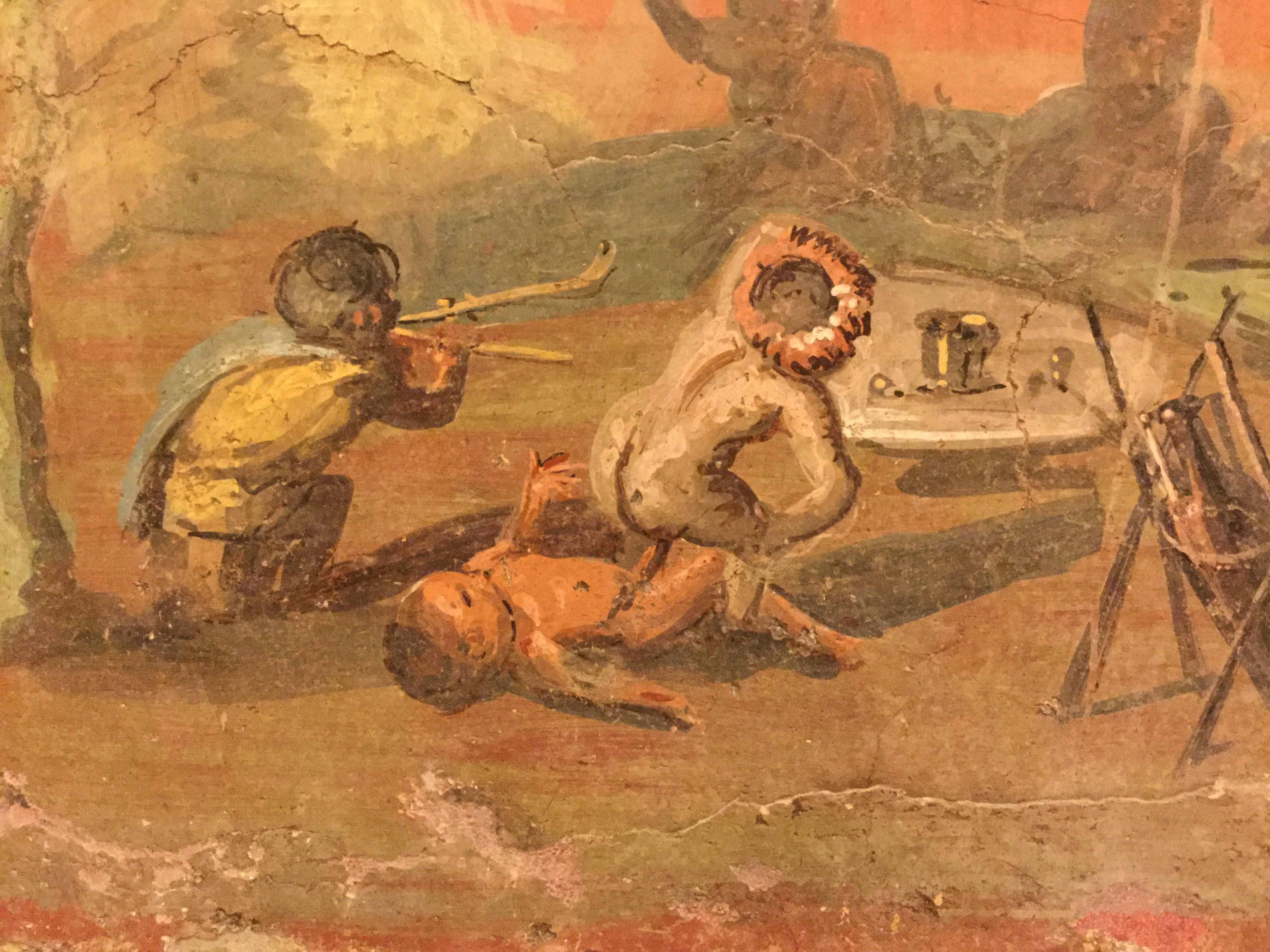
Sexual scene between two pygmies. Pompeii. The pygmies, who were believed to be natural inhabitants of the Nile, were a typical subject in the frescoes and mosaics of the first century A.D.
Athenais 2 As, Sabina 2 As (CIL IV, 4150), The House of the Slave Logas, 8 As (CIL IV, 5203) Maritimus will lick your vulva for 4 Ace. He also accepts virgins. (CIL IV, 8940).
The Ace was a coin of the Roman Empire, approximately sixteen of them for a denarius. It has been estimated that the price of sexual services was very cheap, about the same as a liter of wine. Despite this, a prostitute produced more money - I say they produced because they, usually slaves, did not get paid - than an unskilled worker. Thus, the lupanar was a big business for the owners, not the girls. Free women did not lend themselves to the old trade, it was degrading and unhealthy.
Other erotic art expressions
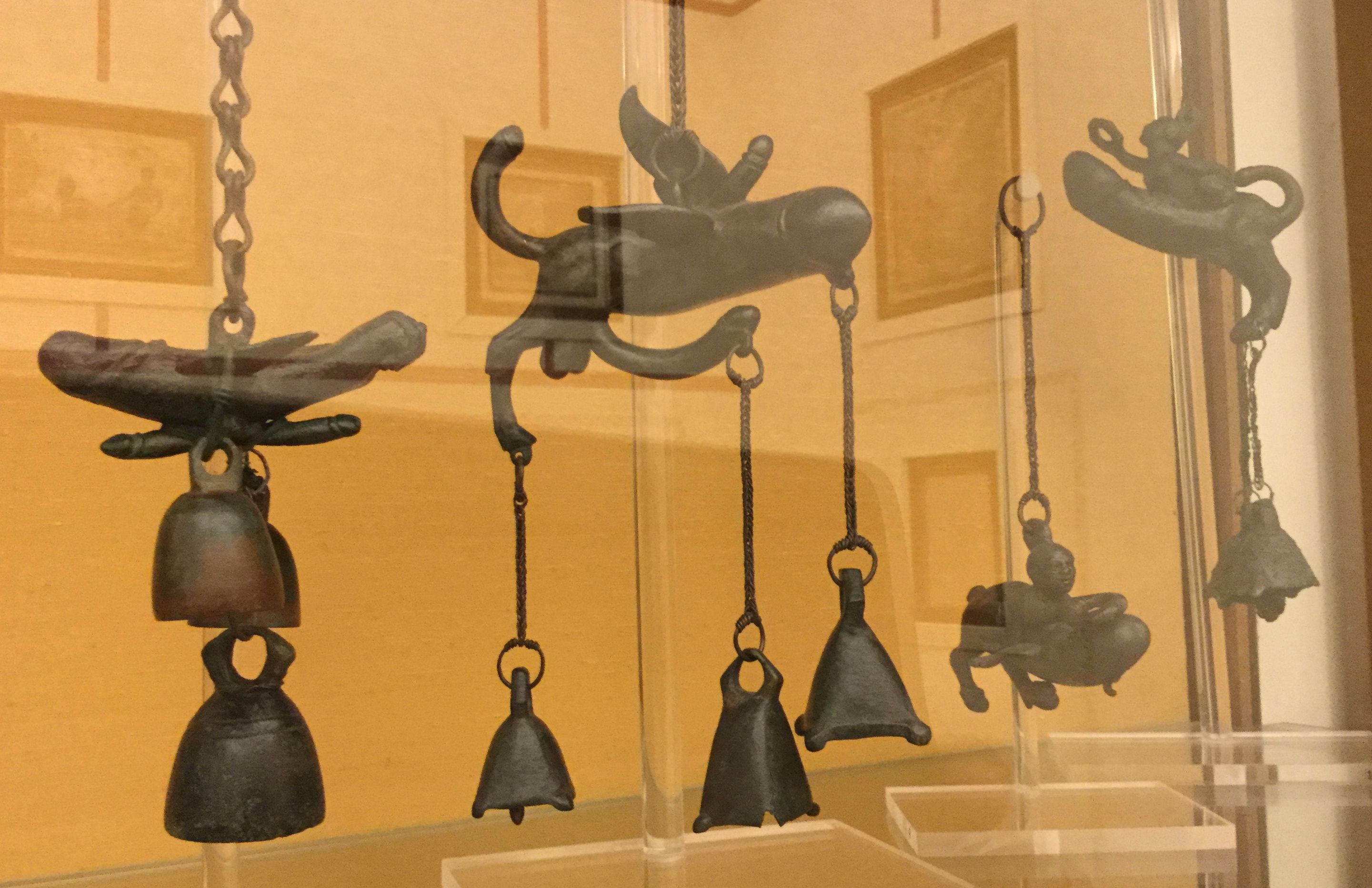
Phalluses were a propitiatory symbol in the Roman Empire. It is not doubtful that several rattles of this type have appeared in Pompeii and Herculaneum.

Detail of an erotic scene. Bedroom in Pompeii
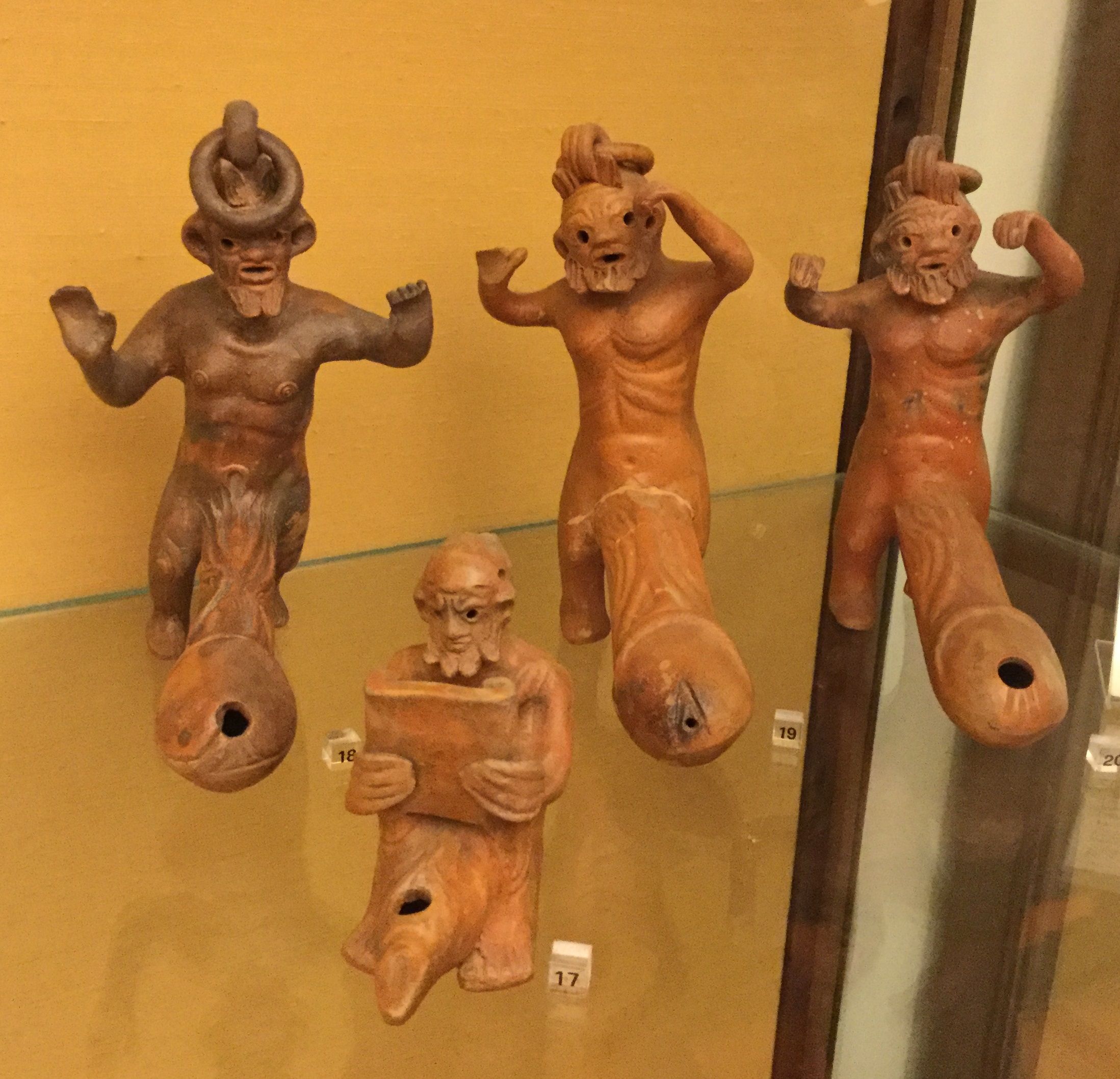
Figurines of enormous phallus. A common object in the houses of Pompeii and Herculaneum.
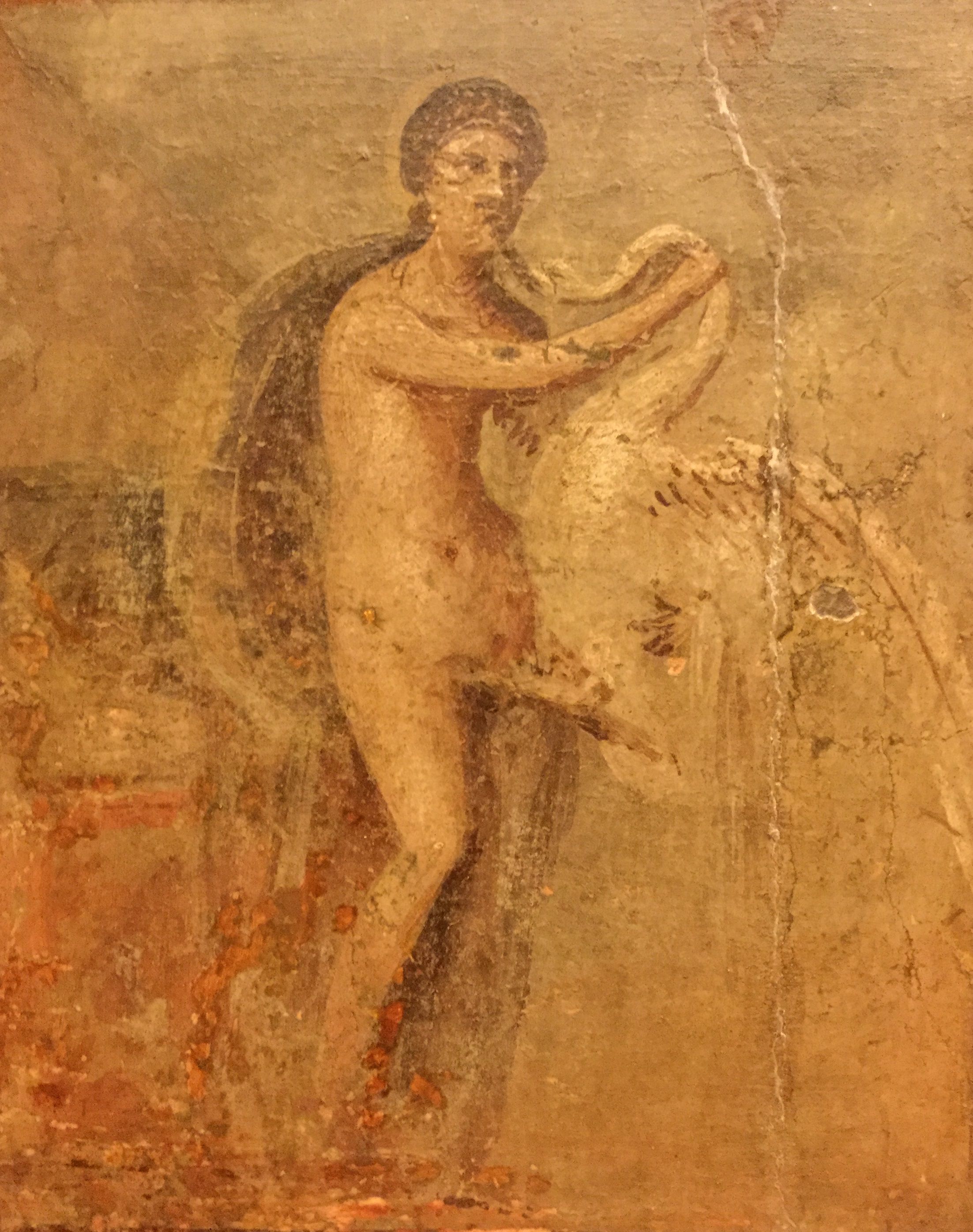
Detail of a fresco depicting Leda and the swan at the time of copulation.
Articulos anteriores

Pilar changes from being the simple telephone operator who has been secretly given the mission of taking her boyfriend's ashes to the Himalayas, to becoming a professional assassin, because, as was ha... Más info
